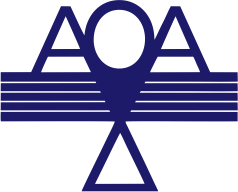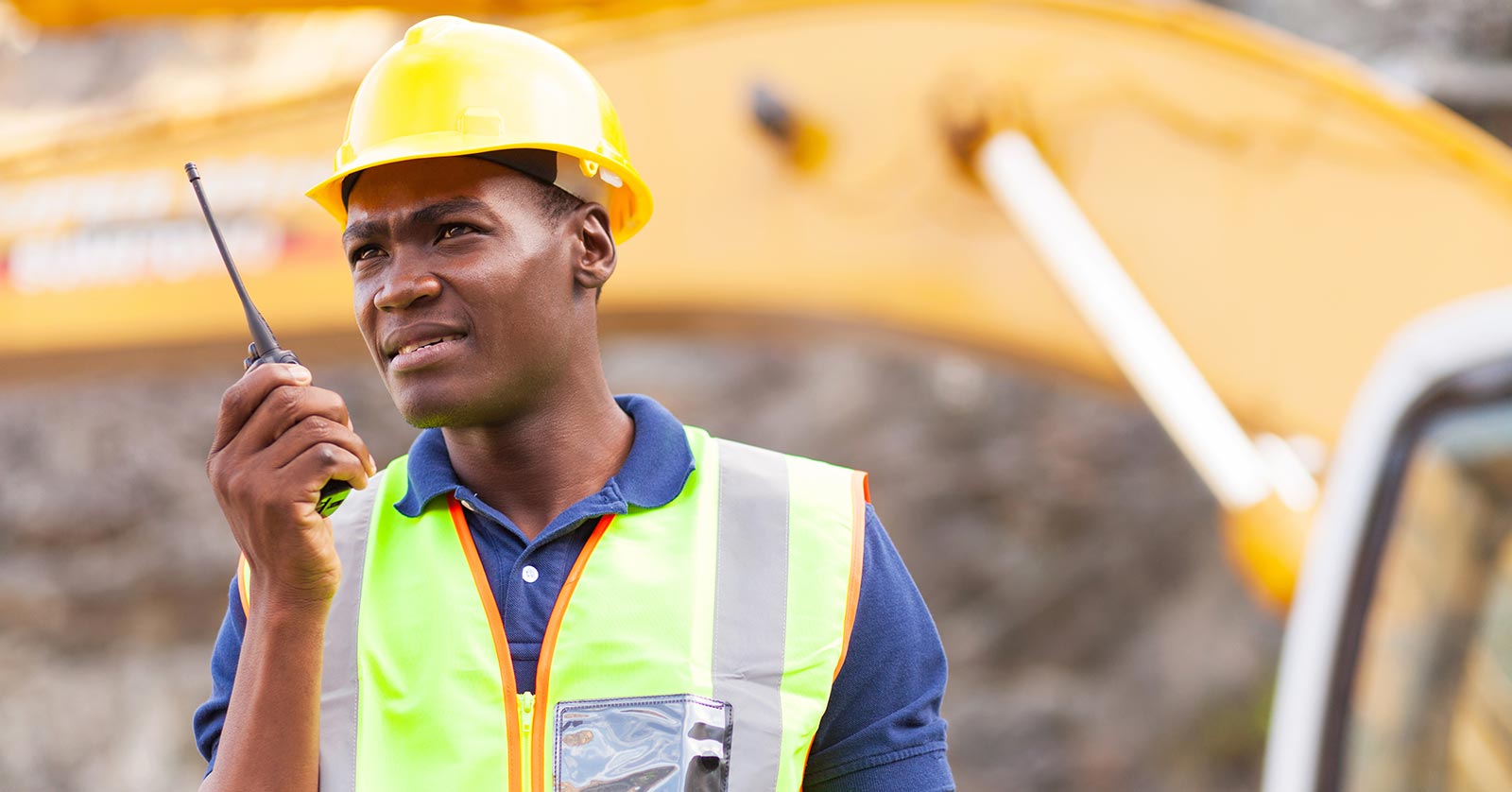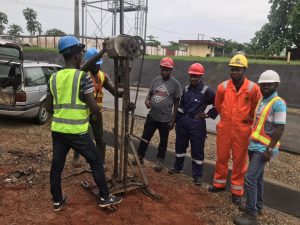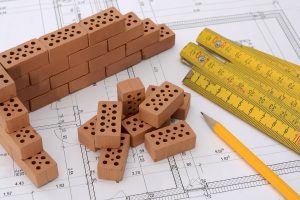Construction projects often face one major challenge that can derail timelines and budgets, cost overruns. While many factors contribute to budget issues, one of the most effective yet overlooked solutions is improving construction testing and observation. When done right, construction testing helps ensure that materials, workmanship, and site conditions meet project specifications and safety standards from start to finish.
In this article, we’ll explore how optimizing construction testing and field observation can prevent costly errors, reduce rework, and support successful project delivery.
Why Cost Overruns Happen
Before diving into solutions, it’s helpful to understand why cost overruns occur. According to Propeller, large construction projects typically go over budget by as much as 80% and take 20% longer to finish.
These overruns are often caused by:
- Design errors or omissions
- Use of substandard materials
- Inadequate site preparation
- Delayed inspections
- Rework due to construction defects
- Poor communication across teams
Most of these issues can be minimized or even avoided entirely with better testing and observation protocols.
The Role of Construction Testing
Construction testing involves evaluating materials, soils, concrete, asphalt, and structural elements to confirm they meet project specifications and applicable codes. This testing is usually done both in laboratories and on-site.
Some common tests include:
- Soil compaction tests (e.g., Proctor Test) to ensure a stable foundation
- Concrete strength testing (e.g., slump test, cylinder compression test)
- Asphalt density tests
- Moisture content analysis
- Weld and structural steel testing
When these tests are conducted consistently and early in the construction process, they help identify quality issues before they become expensive problems.
The Importance of Field Observation
Observation during construction is equally important. Trained inspectors and geotechnical engineers monitor activities on-site to verify that the work aligns with approved plans and specifications. These experts ensure that:
- Materials delivered to site are tested and approved
- Installation techniques follow the correct procedures
- Site conditions are evaluated continuously (e.g., weather impact on soil)
Without consistent observation, even well-tested materials can fail if they’re installed incorrectly or exposed to unforeseen conditions.
How Optimized Testing and Observation Prevent Cost Overruns
- Detecting Problems Early
Early testing helps detect problems before they escalate. For instance, if soil is found to be unstable during foundation preparation, it can be treated or replaced before concrete is poured. Fixing such problems post-construction would cost significantly more. - Avoiding Rework
Rework is a major driver of construction costs. According to the Construction Industry Institute (CII), rework can account for up to 20% of total project costs. Proper testing and observation prevent the need to redo sections of a project due to faulty materials or poor workmanship. - Meeting Code Requirements
Building codes often require testing at various stages of construction. If a project fails an inspection due to missed or failed tests, work may be halted, causing delays and extra expenses. Proactive testing ensures code compliance is met without disruption. - Protecting Against Liability
Poor testing documentation can open the door to legal disputes if a structure fails or defects are found later. Accurate testing reports serve as a legal record, protecting contractors and developers from liability. - Maintaining Project Timelines
With real-time observation, contractors can receive immediate feedback and adjust practices as needed. This keeps projects moving efficiently and avoids delays caused by corrective actions later in the schedule.
Best Practices for Effective Construction Testing
To optimize the benefits of construction testing and observation, consider the following best practices:
- Engage testing professionals early. Involve geotechnical and materials testing experts during the design phase to identify potential issues ahead of time.
- Create a clear testing plan. Outline what tests will be conducted, at what stages, and by whom. This minimizes confusion and ensures accountability.
- Use accredited laboratories. Only certified labs and technicians should conduct tests to maintain accuracy and credibility.
- Digitize reporting. Modern construction software allows for real-time data collection, photo documentation, and sharing of test results, making it easier to keep teams aligned.
- Establish communication channels. Ensure field testers, engineers, and project managers communicate regularly. Timely information sharing allows quick responses to site issues.
The Role of Technology in Testing and Observation
Technology is helping modernize construction testing through innovations like:
- Drones for site monitoring
- Ground-penetrating radar for subsurface evaluation
- Mobile apps for daily reporting
- Sensors embedded in concrete to monitor curing and strength in real time
These tools improve accuracy, save time, and support better decision-making throughout the construction lifecycle.
Cost overruns are one of the biggest threats to construction success, but many of them are preventable. By optimizing construction testing and observation, project teams can detect problems early, reduce rework, and ensure high-quality outcomes. These practices support safer, more durable structures while keeping projects on time and on budget.
For reliable and data-driven construction testing services that reduce risk and increase efficiency, contact AOA Geo-Net.




